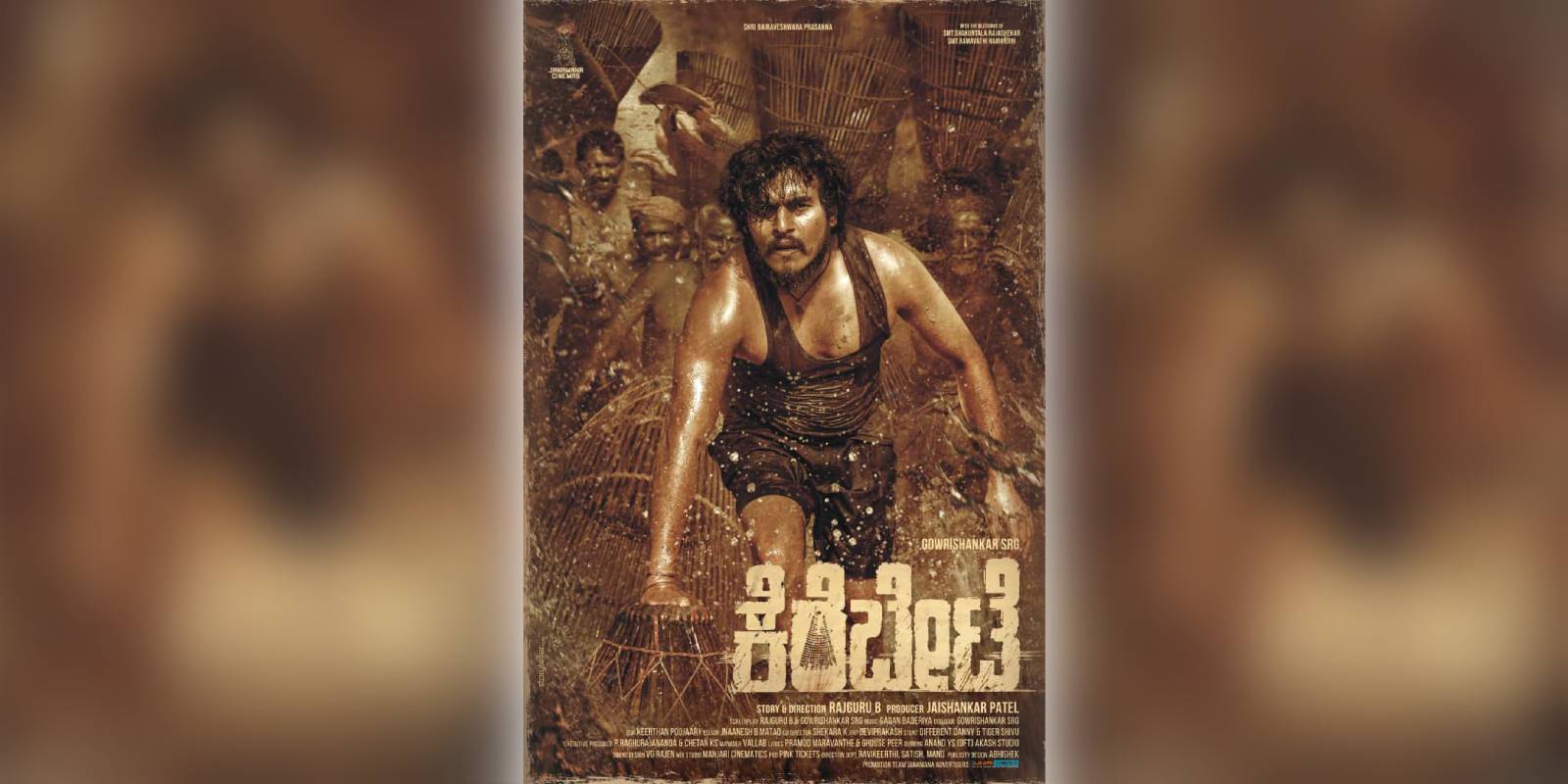Kere Bete, meaning 'Lake Hunt', is an age-old fishing game event annually held in the Malnad region of Karnataka.

A poster of the film 'Kerebete'. (Supplied)
Several folk sports are popular for their traditional and cultural connections in Karnataka, including the bullock cart race and buffalo race (Kambala) that featured in Rishab Shetty’s Kantara (2022).
While a few are banned citing animal cruelty, there are other folk sports quietly existing in different parts of the state.
One such folk sport, “Kere Bete” — meaning lake hunting — is a fishing game that is annually held in the Malnad or Malenadu region. Kannada actor Gowrishankar’s next, Kerebete (titled after the folk sport), features the traditional game in all its glory.
It is helmed by director Rajguru B.
Unlike bullock cart, Kambala, Kobri Hori competition (catching a running bull that is banned), Kori Katte or cock fighting, Kere Bete is not widely known — despite its immense traditional and cultural significance for the people of Malnad.
Gowrishankar, who plays the lead in the film Kerebete, told South First that the central theme of the film is based around Kere Bete.
“Soraba taluk in the Shivamogga district has the highest number of lakes in the entire Asian continent — at least 1086. Every village in the taluk has at least four lakes. The annual festival comprises several events with Kere Bete (fishing game) as its main highlight.”
He further explained, “The game has never been featured. In Kerebete, we made honest efforts to explore the game with utmost honesty.”
Though the traditional folk sport is the epicentre of the film Kerebete, the rest of the movie is a full-on commercial entertainer. “The film also emphasises the traditional and cultural lifestyle of Malnad and its people,” the Rajahamsa (2017) actor added.
As part of the age-old tradition in the Malnad region, the villagers from the surrounding area come together to simultaneously fish in the lake.
They hold a spring-shaped catching tool called “kuni” with one side open, submerging it into the water from various points along the lake’s edge.
Thereafter, the competitors move ahead by making noises in a rhythmic pattern. Once they catch a fish, they pull it out from the “kuni” and place it in a bag carried on their shoulders before resuming their task. The one who catches more fish is declared the winner.
Organisers would farm the fish in the lakes for the event, and charge a nominal fee for the competitors to participate. Thousands turn up to take part in the annual fest.
The Kannada actor says the celebration of catches by the participants is an eye-catching sight, especially for those who are experienced with the raw talent in fishing.
Meanwhile, the makers of Kerebete revealed that they have almost completed the shooting of the film around the actual outdoor location. Only a few portions are left and the same will be wrapped up in the coming days.
The village life saga, directed by Rajguru, has Gowrishankar in the lead who is returning to the silver screen after Rajahamsa. The 2017 film received a positive response from the audience.
The family entertainer also marked the debut of popular small-screen actress Ranjini Raghavan of Puttagowri Maduve fame, the longest-running Kannada television series.
Team Kerebete is planning to release it in the first quarter of 2024.

Jul 26, 2024

Jul 26, 2024

Jul 26, 2024

Jul 26, 2024

Jul 26, 2024

Jul 26, 2024